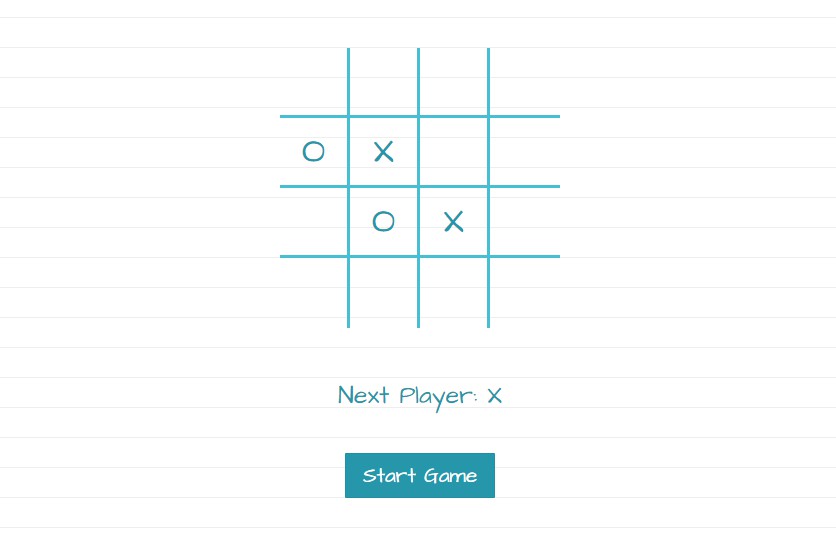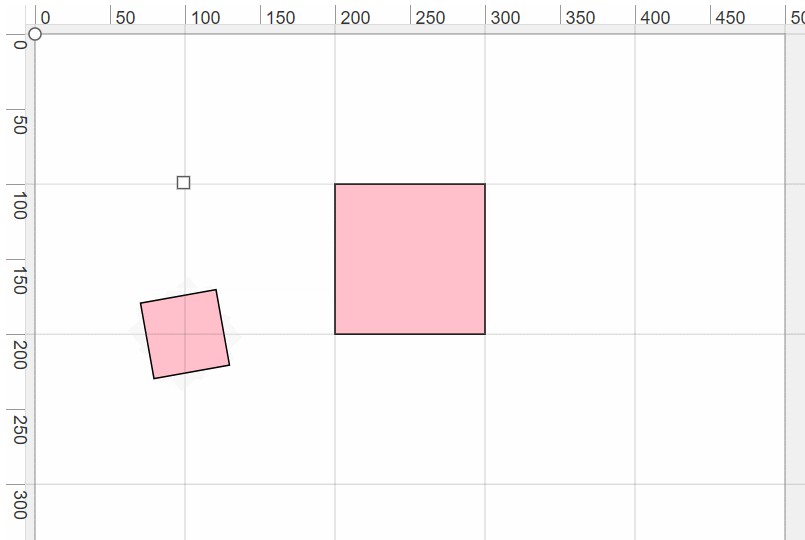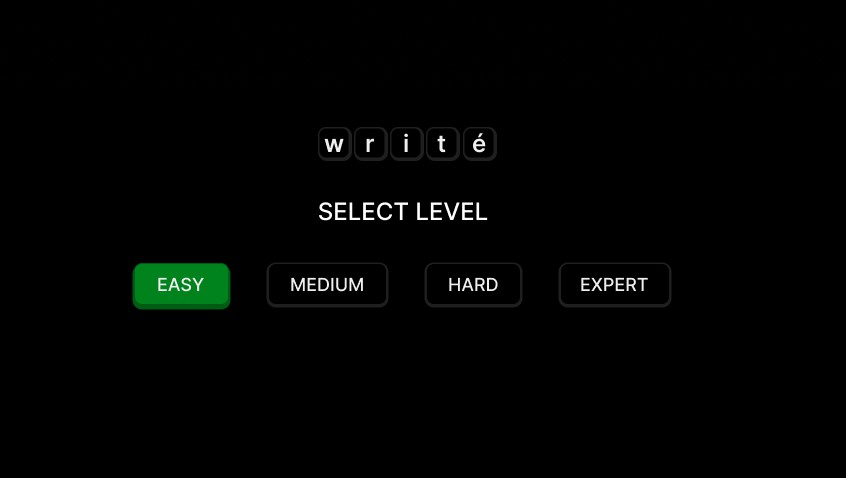Veaury
Use React in Vue3 and Vue3 in React, And as perfect as possible!
What is Veaury?
Veaury (pronounced /ˈvjuːri/, inspired by ‘beauty’) is a tool library.
It is built on the Vue and React framework. It’s use cases include using both Vue and React in one app, migrating from React to Vue or from Vue to React, and using third-party Vue and React Components, such as antd, element-ui, vuetify.
The greatest feature
- ? Support Vue3
- ? Support Context – Share the context of all vue and react components.
- ? Support for using hooks across frameworks – You can use React’s hooks in a Vue component, or you can use Vue’s ‘setup’ function in a React component and use Vue’s hooks in this function.
Legacy
The perfect tool library which can use React in Vue2 and Vue2 in React.
Latest documentation
View the latest documentation
Do you want to preconfigure your project in advance?
In theory, you don’t need to do additional configuration in a React project to support Vue, nor do you need to do additional configuration in a Vue project to support React.
If the React or Vue component you want to convert comes from a npm package, or has already been built, you can use applyReactInVue or applyVueInReact directly.
If you need to develop both Vue and React in a project, instead of just using an existing npm component, then you should do some configuration, usually configuring webpack.config.js and babel.config.js.
The directories dev-project-react and dev-project-vue3 in the project are the basic projects of the development environment of veaury, and they are also the two initial projects created by create-react-app and @vue/cli respectively.
Note: In the
config/webpack.config.jsof the React project and thevue.config.jsof the Vue project, you can uncomment theveauryinaliasto develop the source code ofveaurySetup: Run the command
npm run setup:yarnornpm run setup:npmin the root directory of the main project to install the main project and two subprojectsDevelop: Run the commands
npm run dev:vueandnpm run dev:reactin the root directory of the main project for development
You can refer to How to configure the two projects to support the other framework.
How to configure React in the Vue project from ‘@vue/cli’
How to configure Vue in the React project from ‘create-react-app’
Use cases
- ??? Using both Vue and React in one app
- ? Migrating from React to Vue or from Vue to React
- ? Using third-party Vue and React Components, such as
antd,element-ui,vuetify
Installation
# Install with yarn:
$ yarn add veaury
# or with npm:
$ npm i veaury -S
Usage
Vue in React – Basic usage
import {applyVueInReact} from 'veaury'
// This is a Vue component
import BasicVueComponent from './Basic.vue'
import {useState} from 'react'
// Use HOC 'applyVueInReact'
const Basic = applyVueInReact(BasicVueComponent)
export default function () {
const [foo] = useState('Hello!')
return <Basic foo={foo}>
<div>
the default slot
</div>
</Basic>
}
React in Vue – Basic usage
<template>
<Basic :foo="foo">
<div>
the children
</div>
</Basic>
</template>
<script>
import {applyReactInVue} from 'veaury'
// This is a React component
import BasicReactComponent from './react_app/Basic.jsx'
import {ref} from 'vue'
export default {
components: {
// Use HOC 'applyReactInVue'
Basic: applyReactInVue(BasicReactComponent)
},
setup() {
return {
foo: ref('Hello!')
}
}
}
</script>
Vue in React – Usage of events
import {applyVueInReact} from 'veaury'
import BasicVue from './Basic.vue'
import {useState} from 'react'
const Basic = applyVueInReact(BasicVue)
export default function () {
function onClickForVue() {
console.log('clicked!')
}
return <div>
{/*Trigger with $emit('click') in Vue component*/}
<Basic onClick={onClickForVue}/>
</div>
}
React in Vue – Usage of events
<template>
<!-- Trigger with 'props.onClick()' in React component -->
<ReactButton @click="onClickForReact"/>
</template>
<script>
import {ref} from 'vue'
import {applyReactInVue} from 'veaury'
// This is a React Component
import ReactButton from "./react_app/Button.jsx"
export default {
components: {
ReactButton: applyReactInVue(ReactButton)
},
setup() {
function onClickForReact() {
console.log('clicked!')
}
return {
onClickForReact,
}
}
}
</script>
Vue in React – Usage of slots
The usage of ‘slots’ is similar to the usage of ‘v-slots’ of Vue’s jsx.
import {applyVueInReact} from 'veaury'
import BasicVue from './Basic.vue'
const Basic = applyVueInReact(BasicVue)
export default function () {
return <div>
{/*just send children*/}
<Basic>
{/* Render with '<slot/>' in Vue Component */}
<div>this is children</div>
</Basic>
{/*send v-slots*/}
<Basic v-slots={{
// Render with '<slot name="slot1" />' in Vue Component
slot1: <div>this is slot1(namedSlot)</div>,
// Render with '<slot name="slot2" value="xxxxxx"/>' in Vue Component
slot2: ({value}) => <div>this is slot2(scopedSlot), and receive value: {value}</div>,
// Render with '<slot/>' in Vue Component
default: <div>this is children</div>
}}/>
{/*another usage*/}
<Basic>
{{
slot1: <div>this is slot1(namedSlot)</div>,
slot2: ({value}) => <div>this is slot2(scopedSlot), and receive value: {value}</div>,
default: <div>this is children</div>
}}
</Basic>
</div>
}
React in Vue – Usage of render props and React node
Named slots & scoped slots of Vue = React render props.
Default slots $ children of Vue = React props.children.
A named slot has a name prefixed with node: = React Node
<template>
<Basic>
<!-- Render with 'props.slot1()' in React component -->
<template v-slot:slot1>
<div>
this is slot1 (render props)
</div>
</template>
<!-- Render with 'props.slot2("xxxxx")' in React component -->
<template v-slot:slot2="bar">
<div>
this is slot2 (render props)<br/>
this content is passed from React: {{bar}}
</div>
</template>
<!-- Render with 'props.slot3' in React component -->
<template v-slot:node:slot3>
<div>
this is slot3 (react node)
</div>
</template>
<!-- Render with 'props.children' in React component -->
<div>
this is children (react node)
</div>
</Basic>
</template>
<script>
import {applyReactInVue} from 'veaury'
// This is a React Component
import ReactBasic from "./react_app/Slots.jsx"
export default {
components: {
Basic: applyReactInVue(ReactBasic)
}
}
</script>
Context
Veaury will judge that if there is a wrapper layer of the same framework in the outer layer, Veaury will use React’s Portal and Vue’s Teleport instead of creating a new application instance every time.
It’s a really awesome! Veaury can well pass the root node context to the child nodes, regardless of whether the node is wrapped or not.
This means that a Vue component used a React component, and then this React component used another Vue subcomponent. This Vue subcomponent can get the context of the outer Vue component.
Vue in React – Usage of Provider / useContext
import {applyVueInReact} from 'veaury'
import BasicVue from './Basic.vue'
import {createContext, useContext} from 'react'
const Basic = applyVueInReact(BasicVue)
// Create React context object
const Context = createContext({})
function SubReactComponent() {
// Get context value
const {bossName} = useContext(Context)
return <div className="slot">bossName from Context: {bossName}</div>
}
export default function () {
// Set context value
return <Context.Provider value={{bossName: 'God'}}>
<Basic>
{/* This React component can get the context value from 'Provider' */}
<SubReactComponent/>
</Basic>
</Context.Provider>
}
React in Vue – Usage of Provide / Inject
<template>
<Basic>
<!-- This Vue component can get the injection value from 'provide' -->
<SubVueComponent/>
</Basic>
</template>
<script>
import {provide, inject, h} from 'vue'
import {applyReactInVue} from 'veaury'
// This is a React component
import ReactBasic from "./react_app/Basic"
// This is a Vue component
const SubVueComponent = {
setup() {
// get bossName from injection
const bossName = inject('bossName')
return h('div', () => bossName)
}
}
export default {
components: {
Basic: applyReactInVue(ReactBasic),
SubVueComponent
},
setup() {
// Use 'provide' to set the value of bossName
provide('bossName', 'God')
}
}
</script>
Usage of VueContainer in React Component
You can use the VueContainer component in a React component to display Vue components directly.
When React components in Vue components, VueContainer can display global Vue components registered in the upper-level Vue app.
import {VueContainer} from "veaury"
import BasicVue from './Basic.vue'
export default function () {
const passedProps = {
name: 'Mike'
}
// Render '<router-view>' if 'vue-router' exists, You can use '<VueContainer component="RouterView"/>'
return <VueContainer component={BasicVue} {...passedProps}/>
}
Vue in React, Usage of v-model / v-models
The usage of ‘v-model’ is similar to the usage of ‘v-model’ of Vue’s jsx.
The value type of the v-model property should be
[ modelValue, modelSetter, argumentKey, argumentModifiers ]
[ modelValue, modelSetter, argumentModifiers ]
[ modelValue, modelSetter ]
Additional ‘argumentKey’ attached property, such as v-model-god={[godValue, setGodValue]} = v-model={[godValue, setGodValue, 'god']}
// types
type modelValue = any
type modelSetter = (newValue) => void
type argumentKey = string
type argumentModifiers = string[]
import {applyVueInReact} from 'veaury'
import BasicVue from './Basic.vue'
import Basic1Vue from './Basic1.vue'
import {useState} from 'react'
const Basic = applyVueInReact(BasicVue)
const Basic1 = applyVueInReact(Basic1Vue)
export default function () {
const [foo, setFoo] = useState(Math.random())
const [bar, setBar] = useState(Math.random())
const [zoo, setZoo] = useState(Math.random())
return <div>
<Basic v-model={[foo, setFoo]} v-model-bar={[bar, setBar]} />
{/*<Basic1 v-model={[zoo, setZoo, 'zoo']}/>*/}
{/*<Basic1 v-model={[zoo, setZoo, 'zoo', ['number']]}/>*/}
{/*<Basic1 v-model-zoo={[zoo, setZoo, ['number']]}/>*/}
<Basic1 v-models={{
// The key value of 'modelValue' is equivalent to 'v-model'
modelValue: [zoo, setZoo],
//...otherModels
}} />
</div>
}
API injectPropsFromWrapper
injectPropsFromWrapper is a higher order component.
When developing Vue and React applications at the same time, sometimes it is necessary to obtain the context of the React app inside the Vue component, and vice versa.
For example, to get information from react-router in Vue components, or to get state from vuex in React components.
This API can be used for both Vue and React components.
interface propsFromWrapper {
[propName: string]: any;
}
type component = object | Function
type computedModeReturn = () => propsFromWrapper
type defaultModeReturn = propsFromWrapper | Function
type allModeReturn = defaultModeReturn | computedModeReturn
type injectionFunction<T = allModeReturn> = (props?: propsFromWrapper) => T
// types of injectPropsFromWrapper
interface injectPropsFromWrapper<T extends allModeReturn = allModeReturn>{
(injectionFunction: injectionFunction<T>, component:component): component
}
Usage of injecting React hooks in Vue component
React application uses Vue component, example to get react-router inside Vue component.
<template>
<div class="vue-component">
<h3>This is the Vue Component.</h3>
the path info from 'react-router': <span style="font-weight: bold">{{pathname + search}}</span><br/><br/>
<button @click="changeQuery">change query</button>
</div>
</template>
<script>
// This Vue component will be used in the React app and needs to use the react-router hooks
import { injectPropsFromWrapper } from 'veaury'
import { useLocation, useNavigate } from 'react-router-dom'
import React from 'react'
function ReactInjectionHook (reactProps) {
// React hooks can be used in this function
// Use the hooks of react-router-dom
const reactRouterLocation = useLocation()
const navigate = useNavigate()
function changeQuery() {
navigate(`?a=${Math.random()}`, {replace: true})
}
// The returned object will be passed to the Vue component as props
return {
pathname: reactRouterLocation.pathname,
search: reactRouterLocation.search,
changeQuery
}
}
// 'injectPropsFromWrapper' returns the original Vue component and will register injectionHook.
// When the Vue component is applied to the React app by 'applyVueInReact',
// InjectionHook will be executed first, otherwise InjectionHook will not be executed
export default injectPropsFromWrapper(ReactInjectionHook, {
props: {
pathname: String,
search: String,
changeQuery: Function
}
})
</script>
Usage of injecting Vue hooks in React component
Vue application uses React component, example to get vue-router and vuex inside React component.
There are two modes for injecting functions, ‘setup’ and ‘computed’ modes.
import {toRef} from 'vue'
import {useStore} from 'vuex'
import {useRoute, useRouter} from 'vue-router'
import {injectPropsFromWrapper} from 'veaury'
// This React component will be used in the Vue app and needs to use the vue-router and vuex hooks
// setup mode
function VueInjectionHookInSetupMode(vueProps) {
// Vue hooks can be used in this function
// This function will be called in the 'setup' hook of the Vue wrapper component
const store = useStore()
const route = useRoute()
const router = useRouter()
// The returned object will be passed to the React component as props
return {
// you need to manually convert to proxy with 'setup' mode
// otherwise it will not be responsive
fullPath: toRef(route, 'fullPath'),
count: toRef(store.state, 'count'),
changeQuery: () => router.replace({
query: {
a: Math.random()
}
}),
incrementCount: () => store.dispatch('increment')
}
}
// computed mode
function VueInjectionHookInComputedMode(vueProps) {
// The context of the function is binding with the proxy from the 'getCurrentInstance' hook
// Returning a function represents the computed of the options api
// All logic code should be written in this computed function.
// The lifecycle cannot be used in this function. If you want to use the lifecycle, you can only use the 'setup' mode
return function computedFunction() {
return {
fullPath: this.$route.fullPath,
count: this.$store.state.count,
changeQuery: () => this.$router.replace({
query: {
a: Math.random()
}
}),
incrementCount: () => this.$store.dispatch('increment')
}
}
}
// The first parameter is the injection function.
// Vue's injection function has two modes: 'setup' and 'computed'.
// Refer to the case of the above two injection function types.
// Also try replacing the first parameter with 'VueInjectionHookInComputedMode'
export default injectPropsFromWrapper(VueInjectionHookInSetupMode, function (props) {
return (<div>
This is the React Component
<span>
the path info from 'vue-router': <span style={{fontWeight: 'bold'}}>{props.fullPath}</span><br/>
the count from 'vuex': <span style={{fontWeight: 'bold'}}>{props.count}</span>
</span><br/>
<button onClick={props.changeQuery}>change query</button> <button onClick={props.incrementCount}>increment count</button>
</div>)
})
Note: If you use interception to wrap the same component multiple times, the previous interception function will be overwritten.
Injection functions in ‘computed’ mode only support synchronous code
It should be ensured that the logic inside the injection function is a pure function, and business logic should not be added to the injection function. It is not recommended to use lifecycle or asynchronous calls in the injection function.
Usage of lazyReactInVue
<template>
<Basic/>
</template>
<script>
import { lazyReactInVue } from 'veaury'
export default {
components: {
// import an async React component
// It is also possible to use the full parameter of the Vue3 API 'defineAsyncComponent'
// for example: lazyReactInVue({ loader: () => import('./react_app/Basic'), timeout: 3000 })
Basic: lazyReactInVue(() => import('./react_app/Basic'))
},
}
</script>
// types
type lazyReactInVue = (asyncImport: Promise<any> | defineAsyncComponentOptions, options?: options) => any;
Usage of lazyVueInReact
import { lazyVueInReact } from 'veaury'
const AsyncBasic = lazyVueInReact(() => import('./Basic'))
export default function () {
return <AsyncBasic/>
}
// types
type lazyReactInVue = (asyncImport: Promise<any>, options?: options) => any





